Financial Analysis: Detailed Cost of Capital Report
VerifiedAdded on 2021/09/18
|5
|1130
|62
Report
AI Summary
This report provides a comprehensive overview of the cost of capital, a crucial concept in financial decision-making and capital budgeting. It explores the sources of capital, including equity, preferred stock, and long-term debt, and defines the cost of capital as the return investors expect. The report details the calculation of the cost of equity using the Gordon growth model and the Security Market Line (SML) approach, along with their advantages and disadvantages. It also covers the cost of preferred stock and the after-tax cost of debt, including the use of the yield to maturity (YTM) on bonds. A significant portion of the report focuses on the weighted average cost of capital (WACC) and how to calculate it, including capital structure weights and the impact of flotation costs on the cost of equity and preferred stock. The summary concludes with the key components of cost of capital: equity, preferred stock, and debt, and how WACC is a required rate of return on the overall firm.
1 out of 5
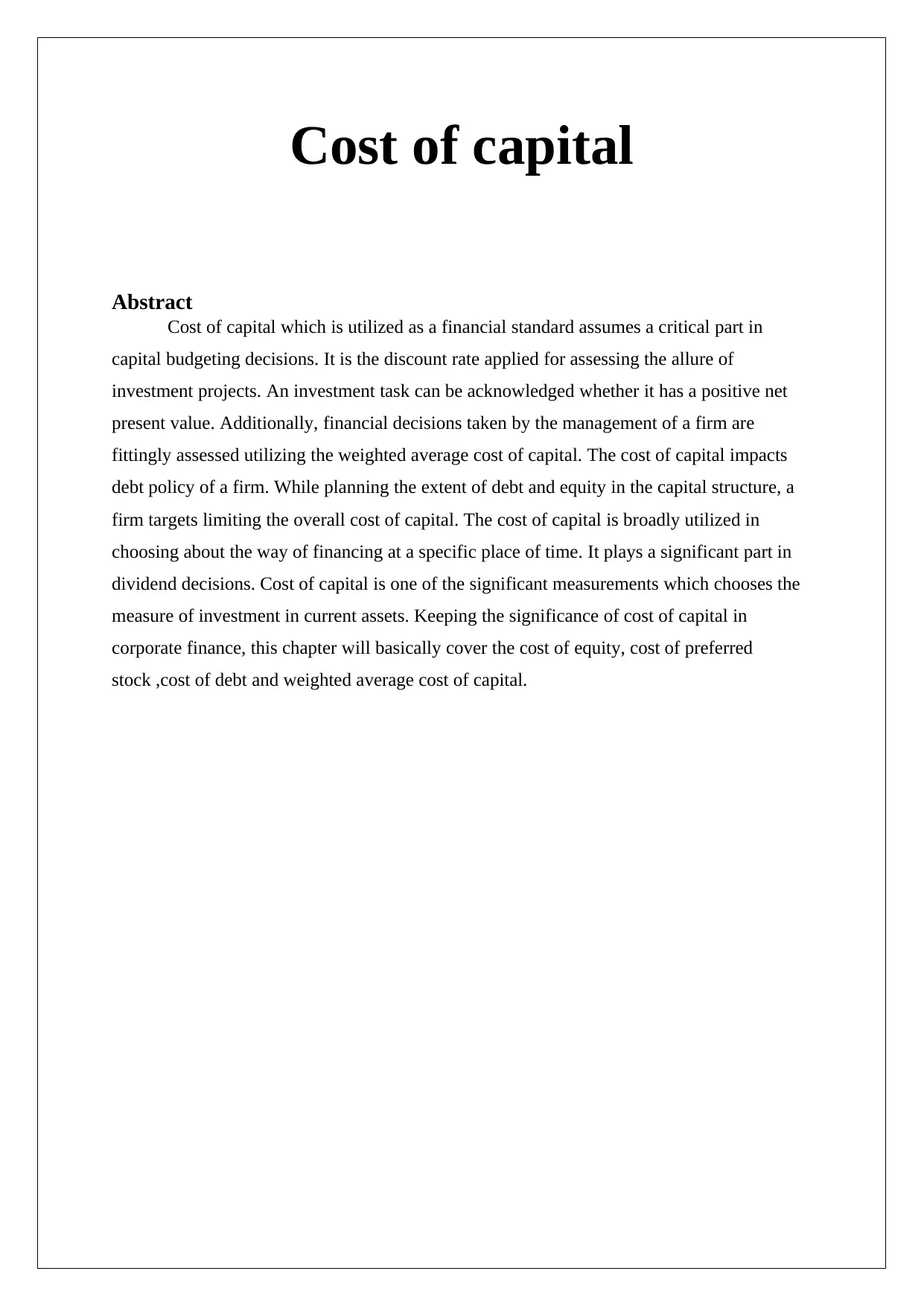
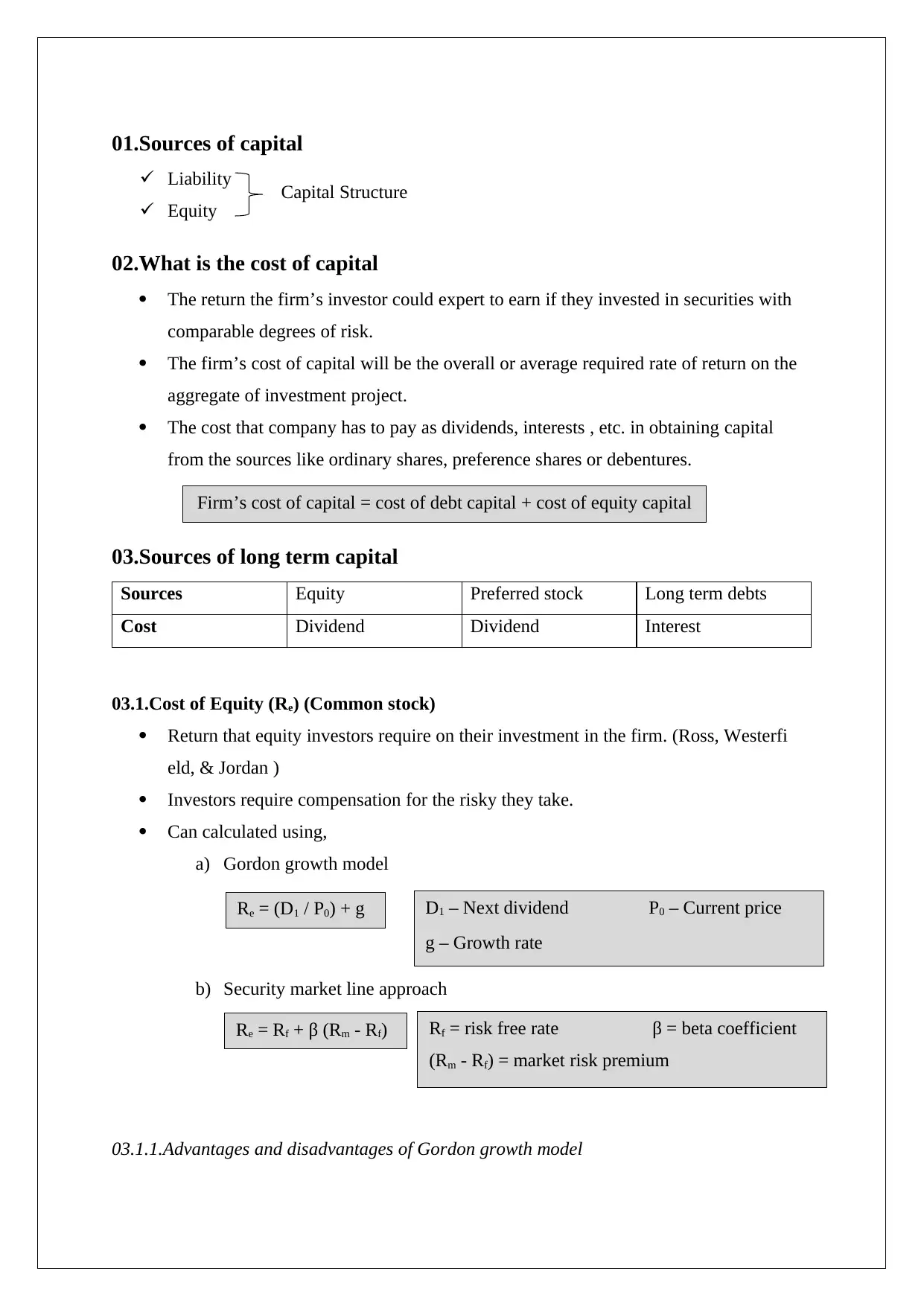
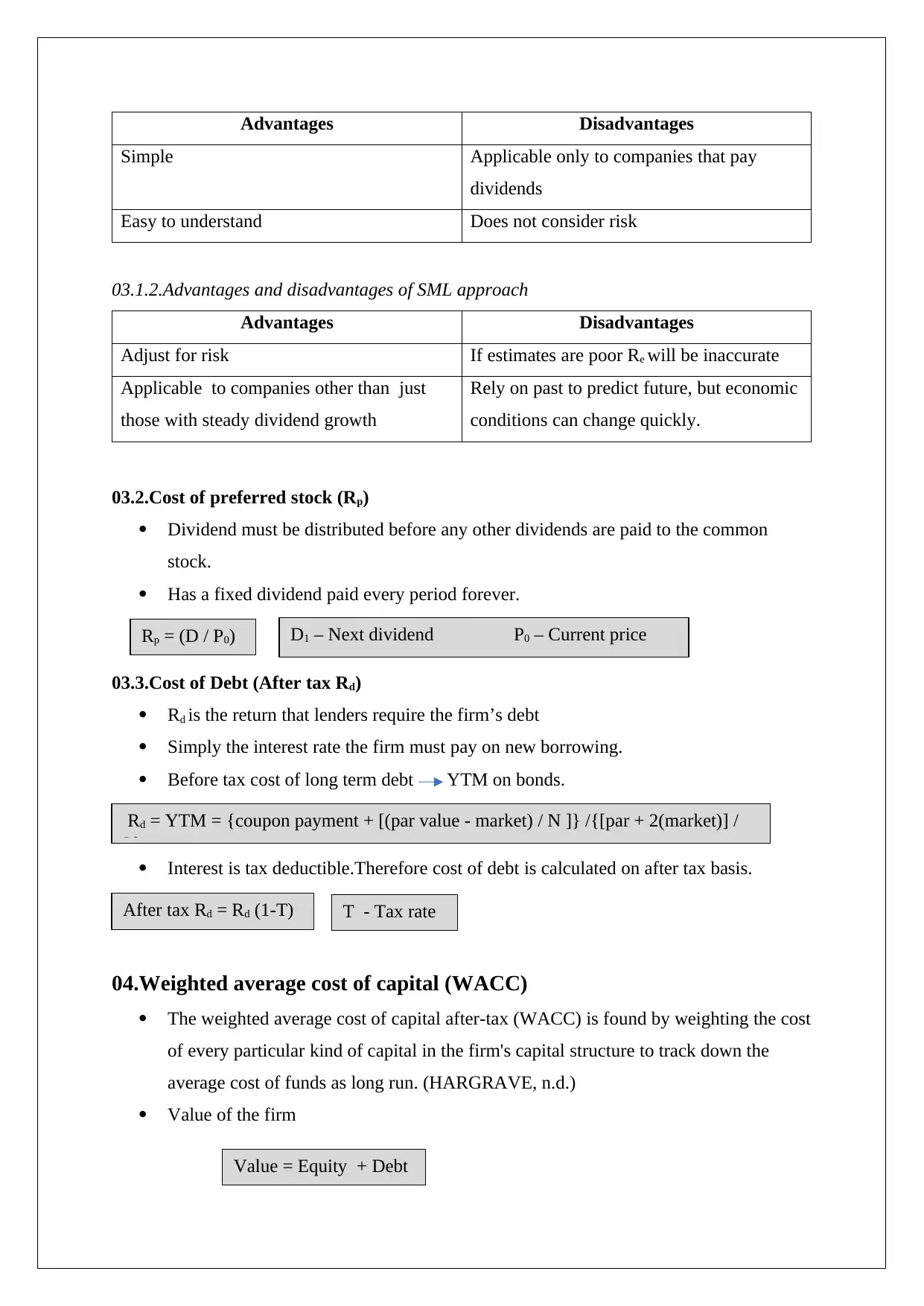

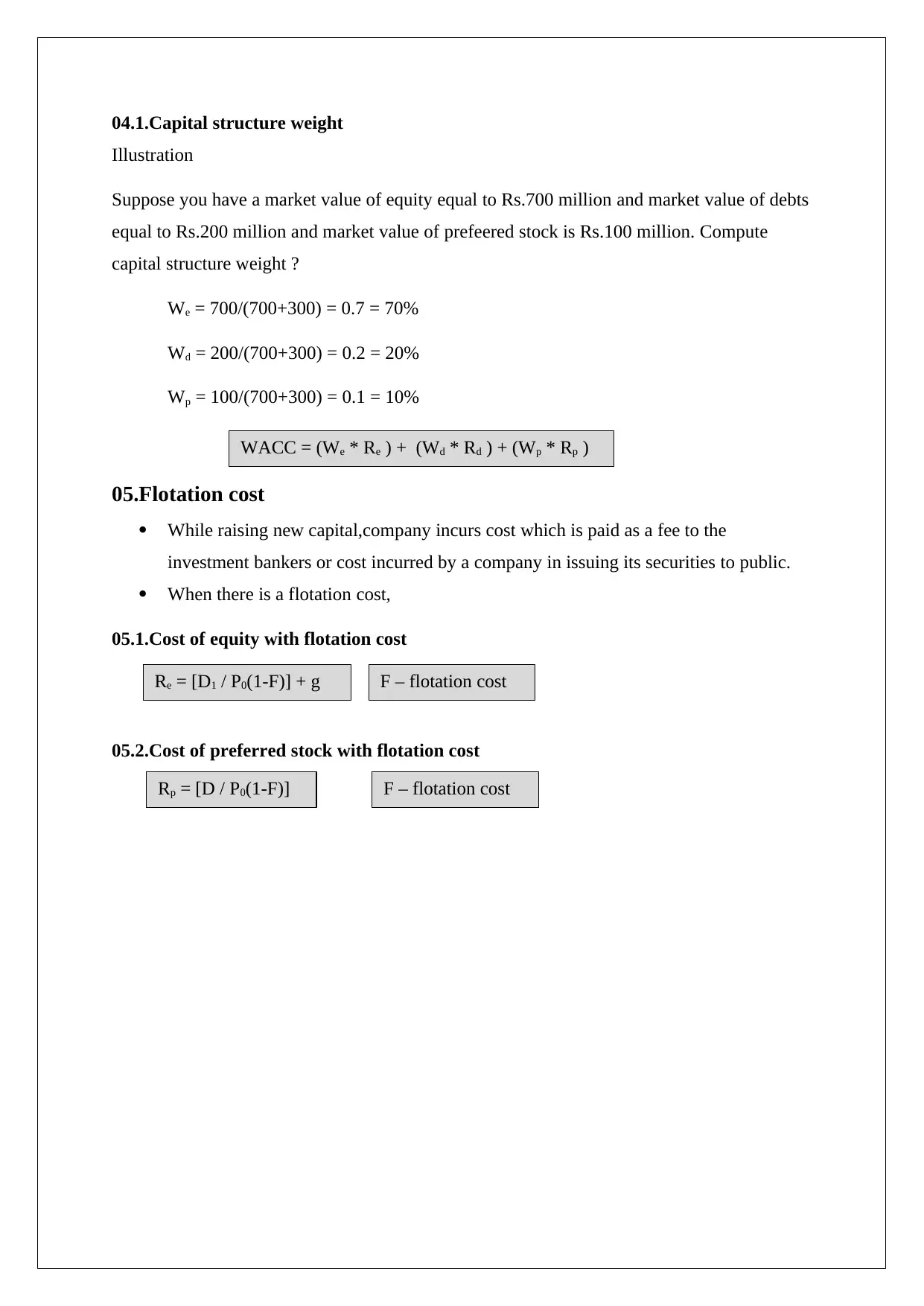
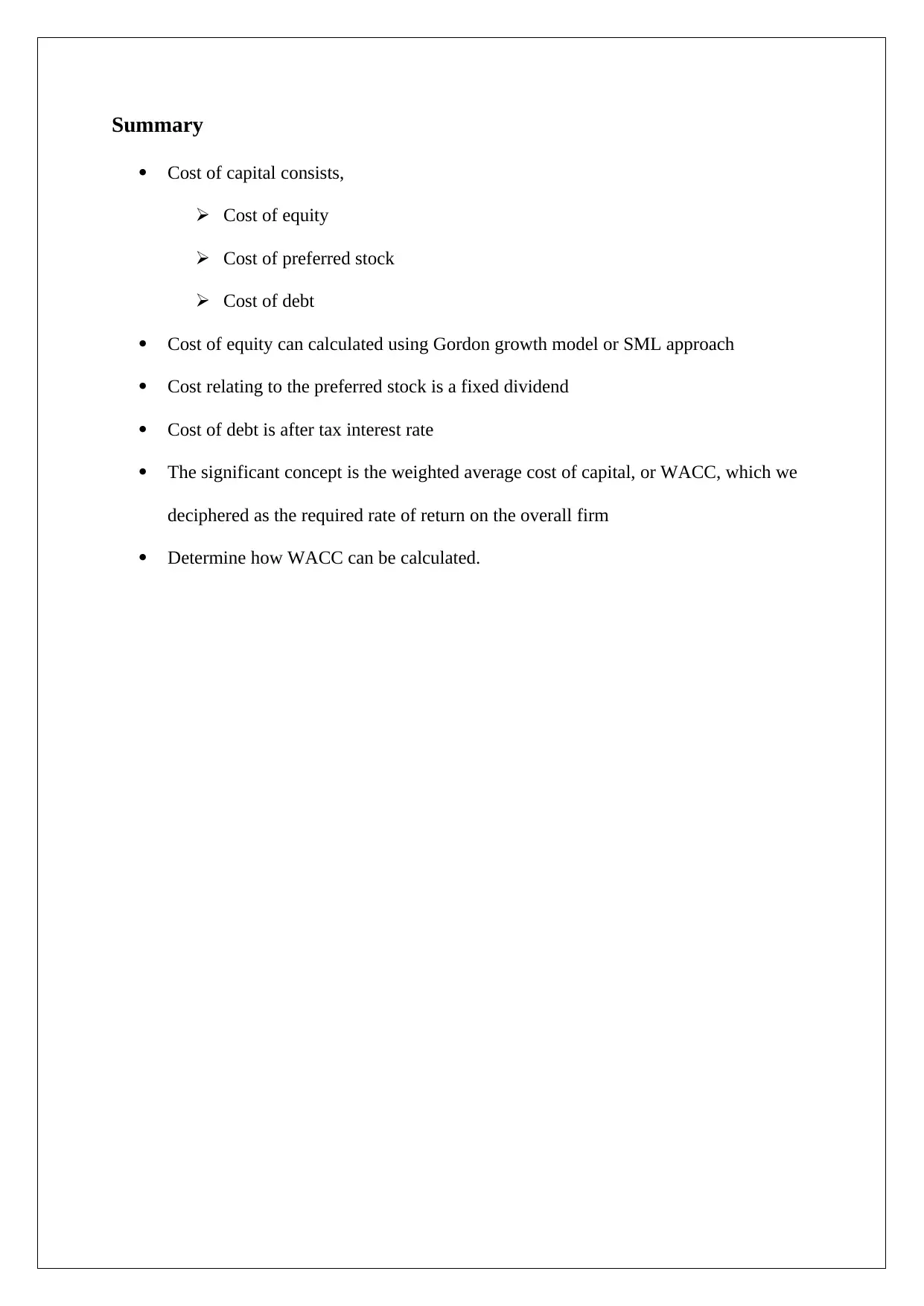






![[object Object]](/_next/static/media/star-bottom.7253800d.svg)